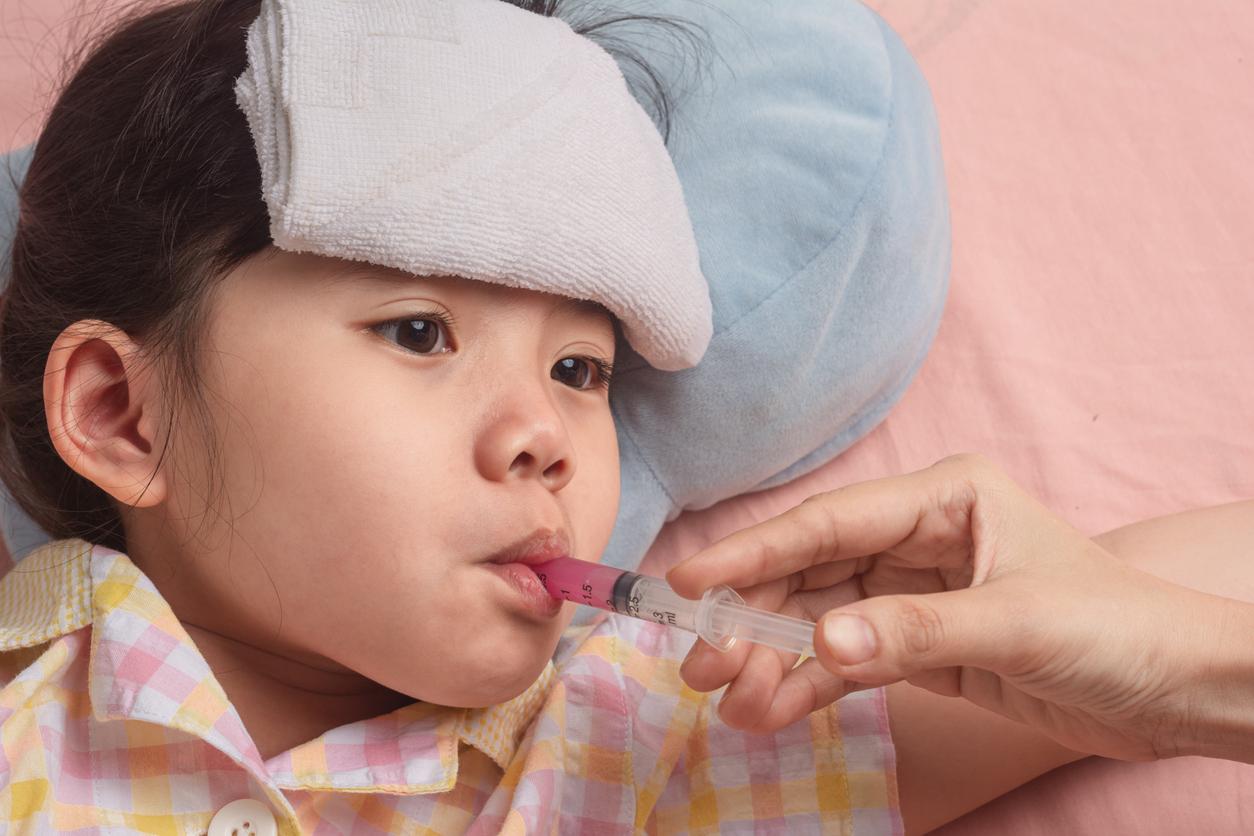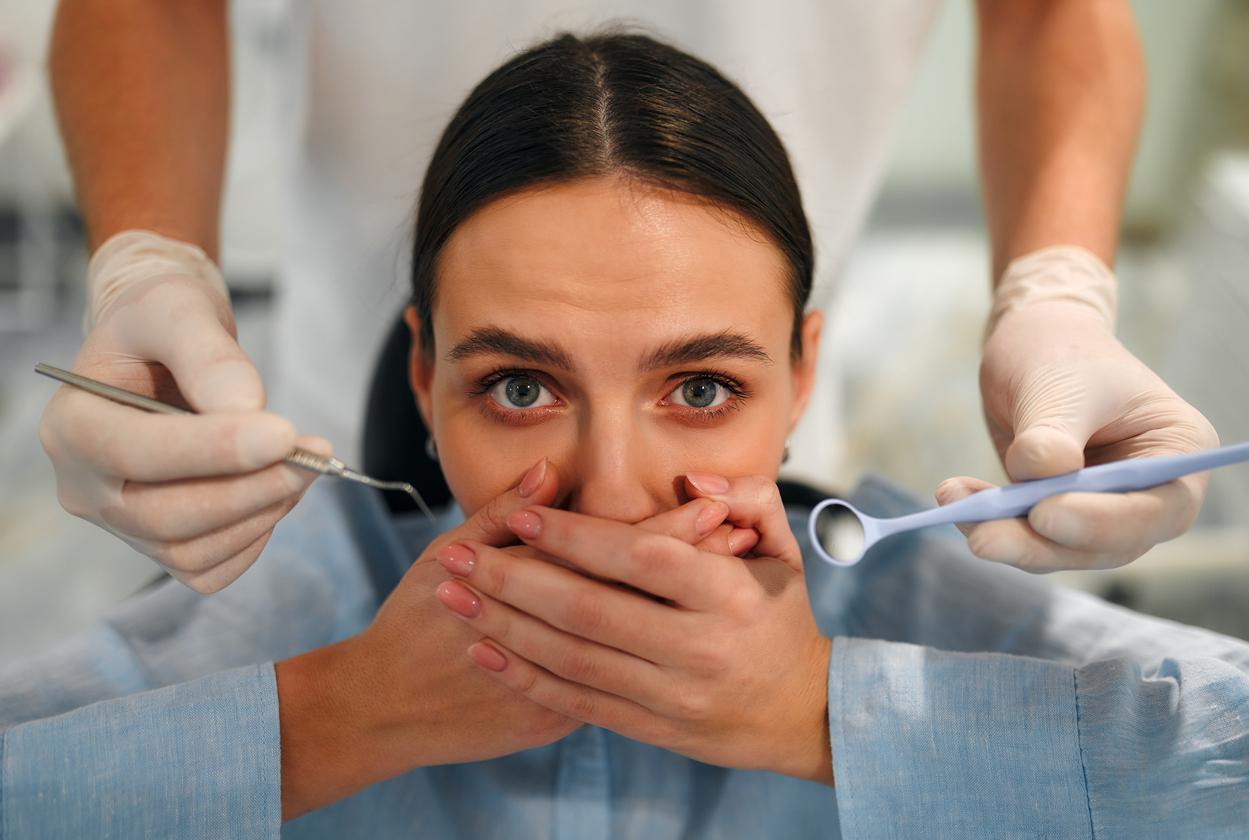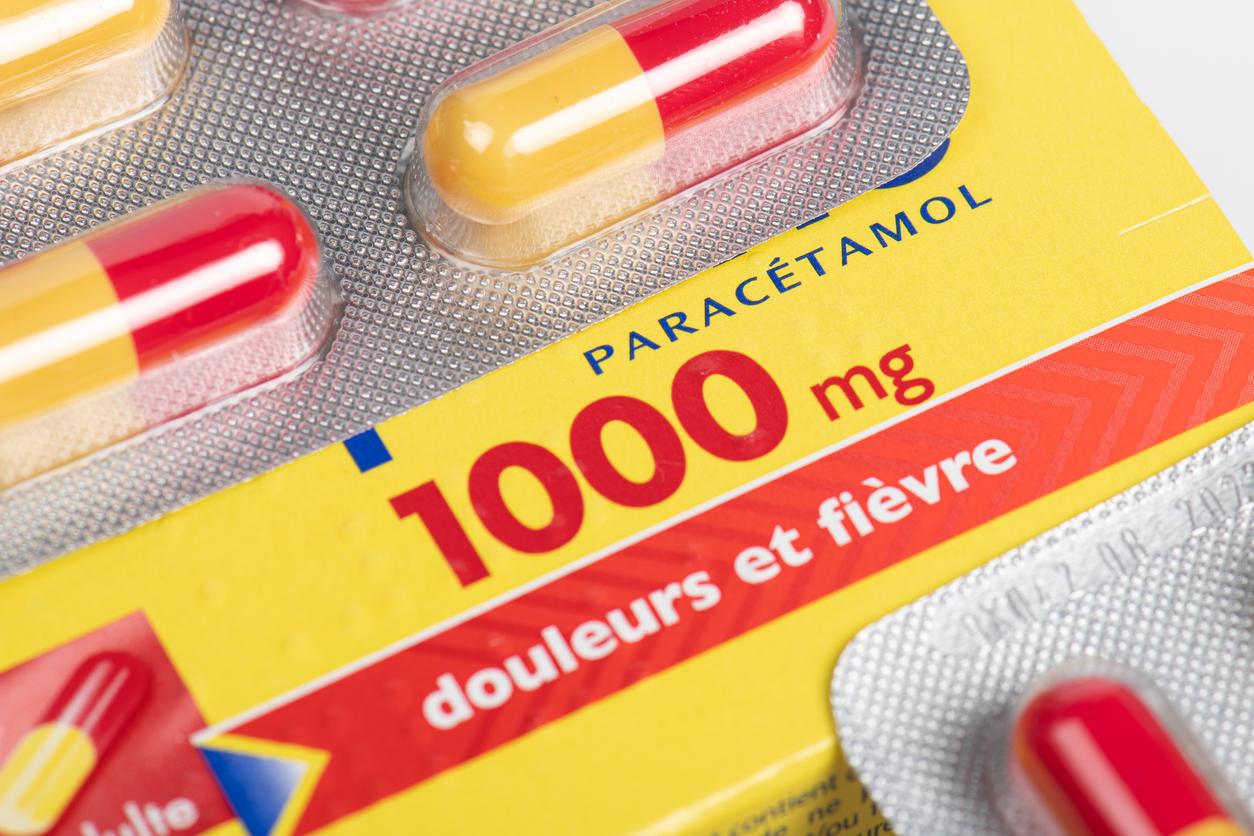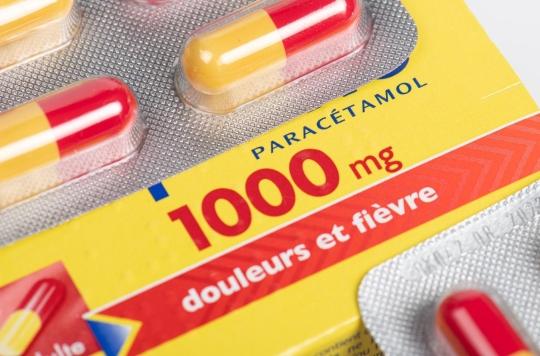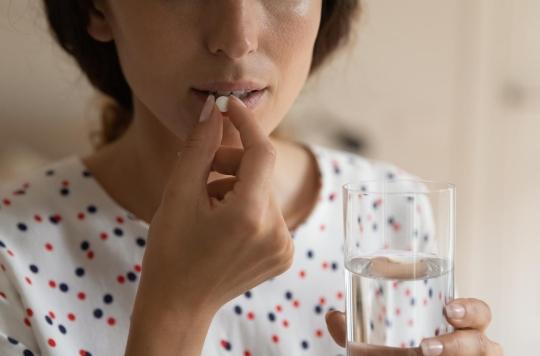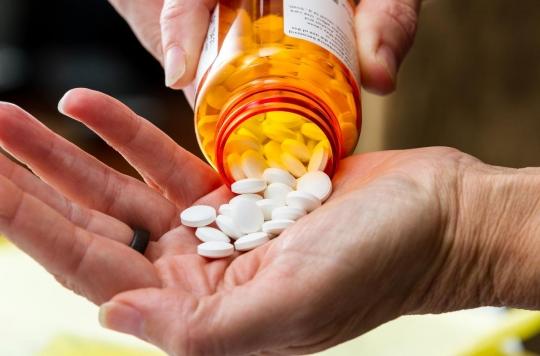Driven by analgesics, cold medicines and vasodilators, the self-medication market grew by 3.2% in 2012.

In a report published on Thursday, the Competition Authority recommended breaking the monopoly of pharmacists by opening the non-reimbursable drug market to supermarkets. This proposal aroused an outcry from pharmacists and an end of refusal on the part of the Minister of Health. But what does this arche of self-medication really represent?
Doliprane is the most widely used drug. It takes the lead ahead of other analgesics such as Efferalgantab and Nurofen. The self-medication market, which grew by 3.2% in 2012, is not only driven by analgesics but also by medicines against colds and coughs (Oscillococcinum ©, Humex ©, Fervex ©) and nasal preparations (Rhinadvil and Humex), and by vasodilator drugs which were delisted in March 2012. According to the French Association of the Pharmaceutical Industry for Self-medication, AFIPA, total self-medication market sales, in public prices including tax, amounted to nearly 2.2 billion euros and represented 7.6% of the drug’s revenue including tax. This situation is all the more remarkable given that the overall drug market is in slight decline (-1.1% for a turnover of 29.4 billion euros in public price including tax).
However, the promoters of self-medication are hoping for even stronger progress. According to a study carried out by the health data specialist, Celtipharm, the share of products purchased without a prescription in the total drug market remains lower in France than the European average, with 15.9% of sales in volume, against 23.3 % in Europe and up to 40% in Germany. Likewise, while a German agrees to invest 58 euros on average each year in self-medication products, a French person only spends 34.50 euros.
Even if self-medication is less developed in France than in other European countries, it is a common practice among our fellow citizens. The Competition Authority recalled that 70.5% of French people buy non-prescription drugs between 1 to 6 times a year, and that for benign pathologies, more than 70% of French people do not go to a doctor. For its part, the UFC Que Choisir indicated that over-the-counter drugs in France represent a third of household drug expenditure. The 4 / 5th of the self-medication expenses of the French, or about 1.65 billion euros in 2011, concerned non-reimbursable drugs, sold at free prices by pharmacists.
It is for this reason that the Autorité de la concurrence and the UFC Que Choisir are arguing for the distribution of non-prescription drugs outside pharmacies, but under the control of a pharmacist. This measure, according to the UFC Que Choisir, would reduce the costs of self-medication by more than 16% for the French, “which would give consumers 269 million euros in purchasing power”.
With this measure, the Competition Authority expects a drop in pharmacy margins, which are around 34% today for self-medication against 21.3% on average for reimbursable drugs.
.









